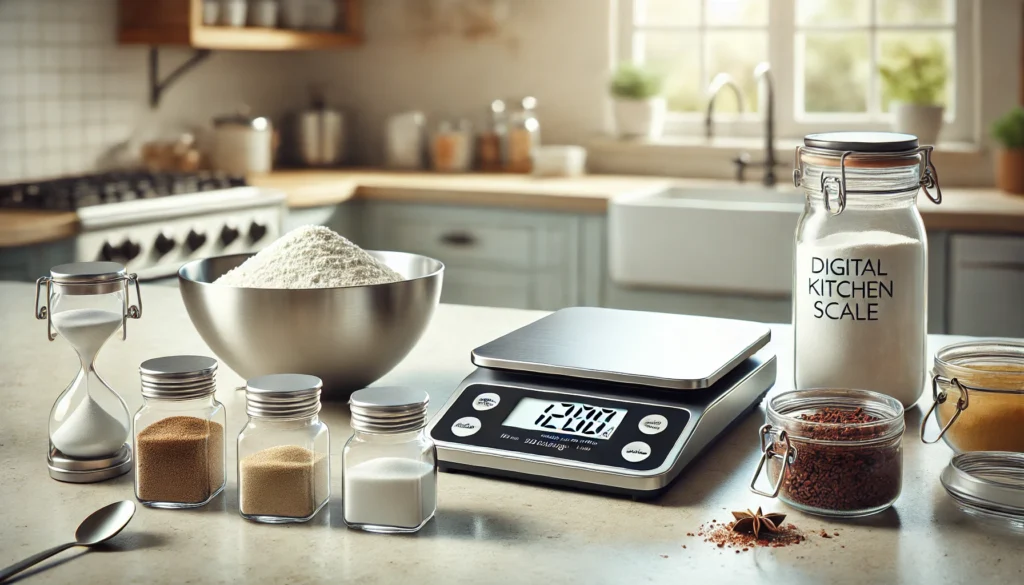In the culinary realm, precision is paramount. Cooking without it can lead to mishaps and disappointing flavors. Enter the kitchen scale—an unassuming yet transformative tool, bridging the gap between guessing and exactitude. Imagine creating a decadent pastry with confidence, knowing each ingredient is meticulously measured, or effortlessly portioning meals for a balanced diet. A kitchen scale isn’t just for seasoned chefs; it’s a game-changer for home cooks, guiding them with certainty. Say goodbye to the inconsistencies of measuring cups and spoons; a kitchen scales brings order, especially for complex recipes that hinge on accuracy. Dive in, and discover how this essential tool can elevate your culinary experience.
Why Use A Kitchen Scale?
Precision is the soul of cooking. The slightest variation in quantity can alter taste, texture, and presentation. Using a kitchen scales provides the exactitude that measuring cups can’t, ensuring uniformity and allowing full control over recipes. For bakers especially, where a gram too much or too little can shift results drastically, a scale becomes indispensable. Besides, it reduces the need for excessive tools, streamlining processes and making clean-up a breeze.
How To Use Electronic Kitchen Scales?
Electronic kitchen scales use, though simple in design, wield tremendous power. Start by placing the scale on a flat, stable surface; any tilt can skew measurements. Turn it on and select your preferred unit of measurement, toggling between grams, ounces, pounds, or milliliters as your recipe requires. Place your container on the scales, note the reading, and add ingredients gradually, watching the digital display adjust with precision. Advanced models even allow ingredient-specific modes for greater accuracy, helping you conquer any recipe with confidence.
The Benefits Of Accurate Measurements In Cooking And Baking
Accuracy is a safety net against culinary catastrophes, from crumbly cookies to dense cakes. In baking especially, where chemical reactions rely on exact proportions, a scales can mean the difference between perfection and failure. Even in cooking, accurate measurements ensure balanced flavors—ideal for dishes rich in spices or sauces. Dietary goals, too, benefit from this precision, with portion control becoming a manageable task rather than a guessing game.
Common Uses Of A Kitchen Scales For Beginners
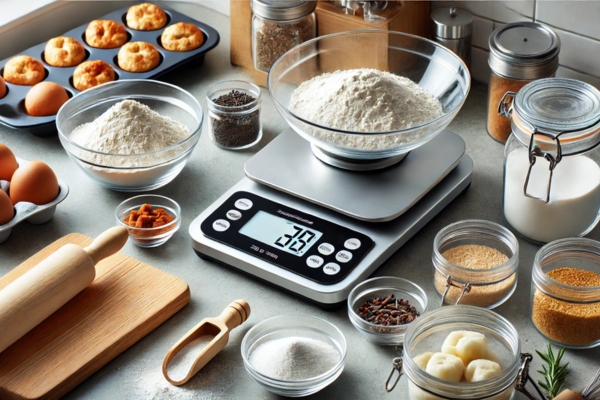
For novices, a kitchen scale can simplify every recipe. It’s a reliable companion for measuring basics like flour, sugar, butter, and spices, as well as portioning dough equally. Meal prep also becomes smoother, with the scales helping to evenly distribute ingredients for a week’s worth of meals. Over time, it morphs into a trusted tool, refining skills and instilling confidence in every cook.
Understanding The Basics Of A Kitchen Scales
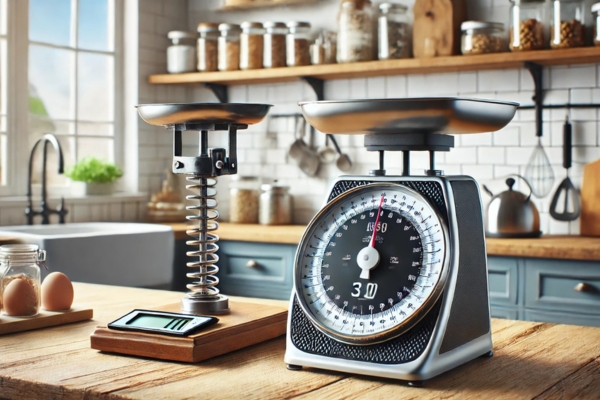
A kitchen scale’s fundamental purpose is weight measurement, yet its versatility shines through in every kitchen task. There are two main types: mechanical and digital. Mechanical scales rely on springs, while digital ones offer pinpoint precision through electronic sensors. Digital scales are compact and adaptable, capable of displaying measurements in various units, making them user-friendly and ideal for culinary experimentation.
Setting Up Your Kitchen Scales For The First Time
When you unbox your scale, check that it’s properly powered or fully charged. Position it on a stable, flat surface, ensuring accurate readings. Follow any specific calibration instructions provided; some scales may require initial adjustments. After setup, your scale stands ready for action, offering reliable measurements for All Your Culinary Needs.
Getting Familiar With Kitchen Scale Functions
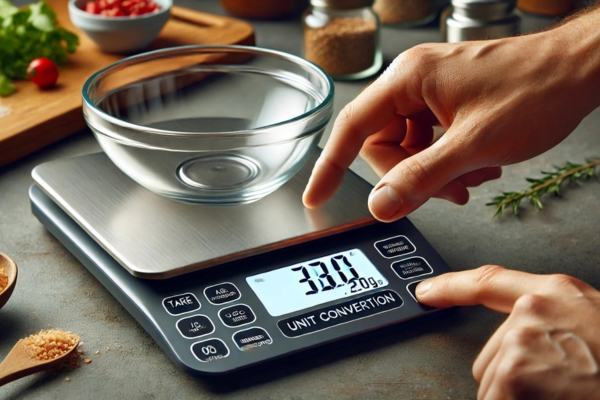
A cook room scale excels at both weighing and unit conversion. The “tare” function, found on most models, subtracts the weight of a container, ensuring only the ingredient’s weight is measured. The conversion button is equally important, allowing for quick switches between grams, ounces, and pounds as needed. By mastering these functions, you unlock the full potential of your kitchen scales.
How To Measure Ingredients Correctly
Always begin with an empty scales. Place your container on it, then press tare to zero out the weight. Gradually add your ingredient until reaching the desired amount. For liquids, select a container that sits stably on the scale, reducing the risk of spills. Precision, here, ensures every dish meets its potential.
Using The Tare Function Effectively
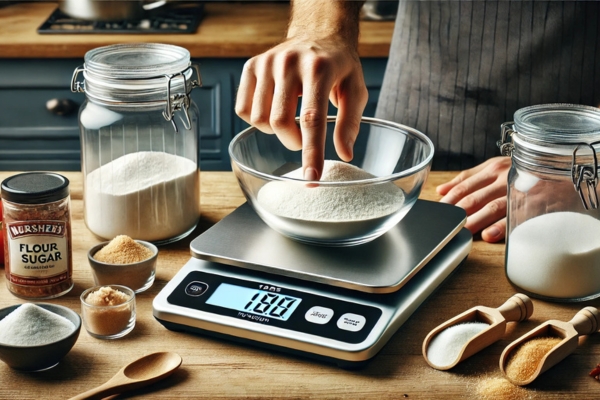
The tare function is a time-saver when measuring multiple ingredients in the same container. Start with an empty bowl, press tare, and add the first ingredient. Press tare again before each new addition, maintaining an accurate tally without manually subtracting container weight. It’s a small feature with big benefits for efficiency.
Weighing Ingredients For Cooking
For certain recipes, weighing ingredients is essential. Precise flour measurements, for instance, dictate dough consistency. A kitchen scales ensures accurate portions of meat, fish, or vegetables, guaranteeing even cooking and balanced meals. In this way, a scale helps translate the vision in your mind into reality on the plate.
Converting Measurements On Your Scale
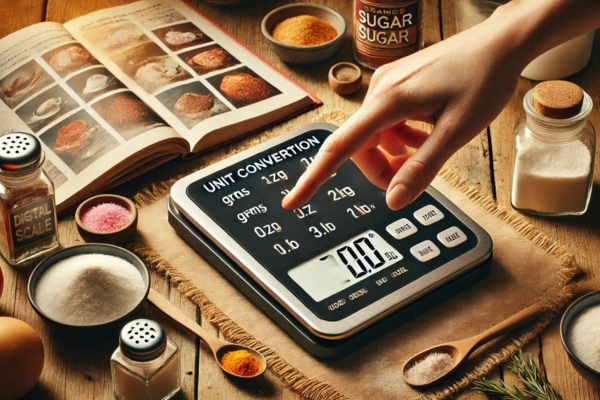
Switching between grams, ounces, and pounds is a breeze with most scales. This feature is especially useful for international recipes, eliminating the need for manual conversions. With a few button presses, your scale becomes a multilingual tool, inviting culinary diversity into your kitchen.
Caring For Your Kitchen Scale
To maintain accuracy, keep your scale clean and free from debris. Avoid heavy weights, which can strain sensors. Store it in a safe, dry spot, away from heat and moisture. With regular upkeep, such as wiping surfaces and checking the battery, your scale will serve faithfully over time.
Kitchen Scales Safety Tips
While easy to use, a kitchen scale requires care. Avoid water exposure or placing hot items on the weighing surface. If you’re weighing heavier ingredients, ensure the scale’s capacity can handle them to prevent damage. These simple precautions will prolong its lifespan and maintain accuracy.
Advanced Kitchen Scales Uses
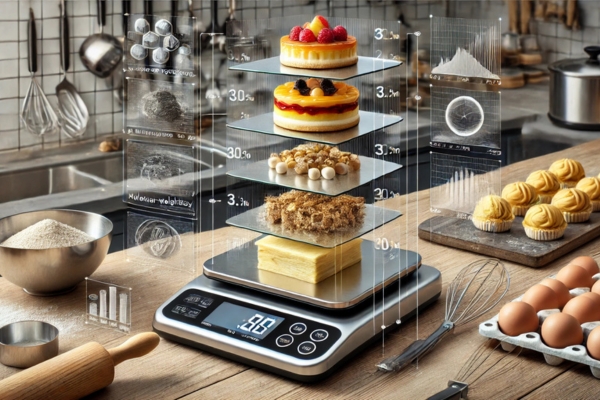
Beyond the basics, a cook room scale is indispensable for layering desserts or dividing dough for pastries. Some scales even measure tare-weighted ingredients sequentially, ideal for multi-step recipes. In molecular gastronomy, where precision reigns supreme, a scale becomes invaluable, guiding the cook through intricate, exacting processes.
Practical Tips For Kitchen Scales Beginners
Start with straightforward recipes to build familiarity. Incorporate the scale into daily cooking, experimenting with units and functions. Focus on calibration and use the tare function regularly to streamline your process. As these habits solidify, your confidence and culinary prowess will grow.
Using A Kitchen Scale For Gardening Needs
The kitchen scale finds utility beyond the cook room, assisting with gardening tasks. It can measure soil additives, fertilizers, or even seeds. Accurate measurements prevent harm to plants, ensuring that fertilizers or treatments are applied evenly, fostering robust growth and healthy harvests.
Troubleshooting Kitchen Scales Issues
Inconsistent readings? Try recalibrating or replacing the battery. Ensure the scale is on a flat surface; even a slight tilt can disrupt accuracy. If problems persist, consult the manual or, if beyond repair, consider investing in a replacement to keep your culinary journey uninterrupted.
Best Kitchen Scale Practices For Beginners
Double-check settings before weighing, particularly with sensitive recipes. Ensure stability, zero out tare for each ingredient, and allow yourself time to measure carefully. With practice, using cook room scales will become as natural as stirring or chopping, a seamless part of your cooking repertoire.
Final Thoughts
The kitchen scale is more than just an instrument; it’s a passport to precision. Mastering its functions unlocks possibilities, from delectable culinary creations to thriving gardens. Whether an experienced chef or a novice, embracing the cook room scale will infuse every endeavor with consistency and satisfaction, rendering your efforts rewarding and impactful.
